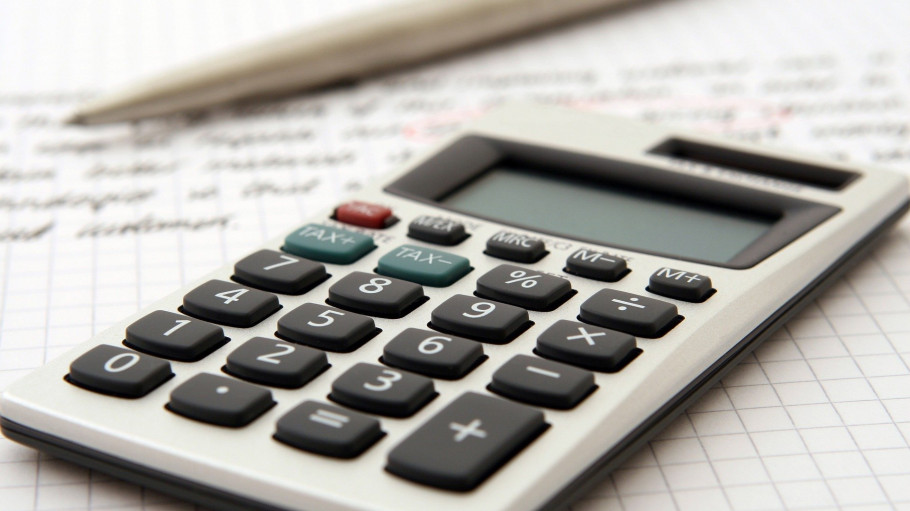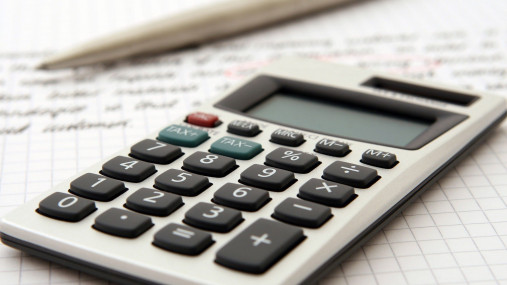
Publications » Brochures, booklets or fact-sheets » Revision of the Environmental and Energy Aid Guidelines (EEAG)
Revision of the Environmental and Energy Aid Guidelines (EEAG)
Downloads and links
Recent updates

The steel industry has had a longstanding presence in Europe and remains an important employer of skilled labour. Furthermore, the industry also supports significant activity and jobs in a range of other industries throughout the EU, as a result of the large amount of money spent on the materials and services used in the steel production process. Crucially, steel makes a powerful contribution to the continent’s standard of living, by forming a key input in the work of other industrial sectors. In turn, many of these customer industries produce items essential for the functioning of the wider EU economy.
In 2017, the European steel industry made a €25 billion direct contribution to the standard ‘gross value added’ measure of EU-wide production (hereafter referred to as GVA). However, the industry’s total GVA impact that year, when supply chain and staff spending impacts are also included, was much higher, at €148 billion. This overall contribution exceeded the total GVA produced in the region of Berlin in 2017.

Download this publication or visit associated links
Strasbourg, 17 December 2025 – The European Commission’s latest proposals on the Carbon Border Adjustment Mechanism (CBAM), unveiled today, correctly identify several loopholes that risk undermining its effectiveness, notably regarding EU exports, downstream sectors and circumvention practices. However, despite these laudable efforts, the measures put forward fail to deliver a comprehensive and durable response to carbon and jobs leakage, warns the European Steel Association (EUROFER).
A milestone occasion to quickly and effectively restore affordable electricity, to relaunch the
decarbonization and strengthen the international competitiveness of the European steel
industry.
Brussels, 02 December 2025 – Unchanged negative conditions – U.S. tariffs and trade disruptions, economic and geopolitical tensions, protracted weak demand and still high energy prices – continue to weigh on the European steel market. EUROFER’s latest Economic and Steel Market Outlook confirms for 2025 another recession in both apparent steel consumption (-0.2%, unchanged) and steel-using sectors (-0.5%, revised from -0.7%). A potential recovery is expected only in 2026 for the Steel Weighted Industrial Production index (SWIP) (+1.8%, stable) and for apparent steel consumption (+3%, slightly revised from +3.1%) – although consumption volumes would still remain well below pre-pandemic levels. Steel imports retained historically high shares (27%), while exports plummeted (-9%) in the first eight months of 2025.